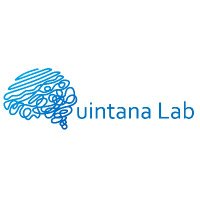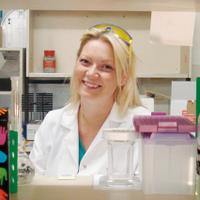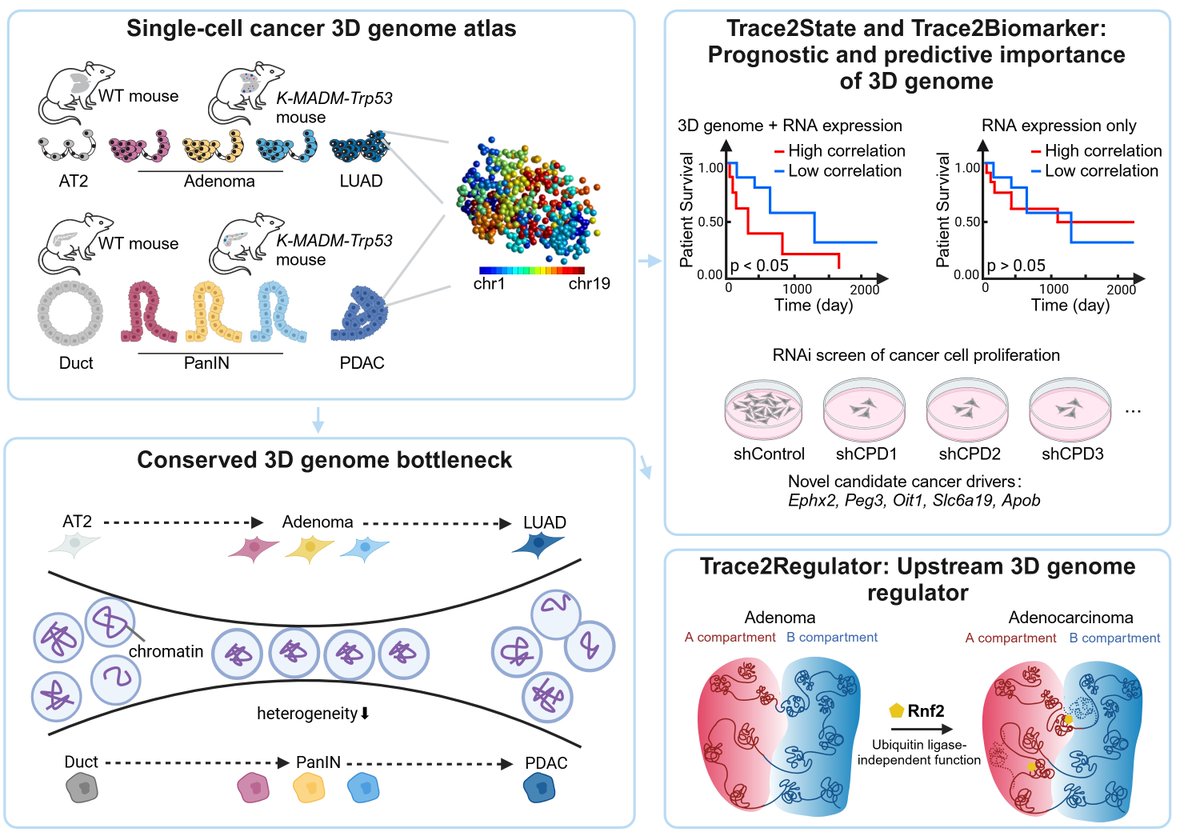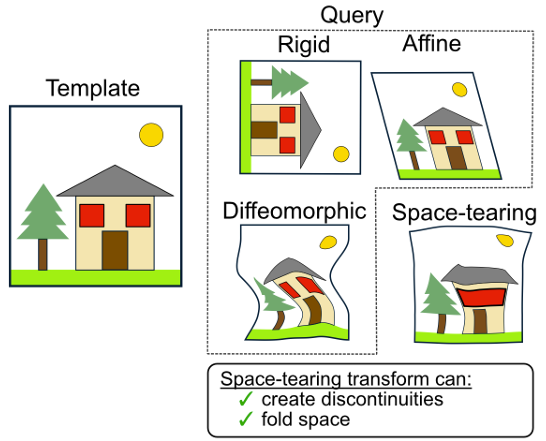
Brett Taylor
@brettmaxtaylor
@ucsd_mstp G3 in @FurnariLab and Bing Ren’s lab studying cell identity and ecDNA in glioblastoma. Interested in neuro-oncology & palliative care.
ID: 1287068626877472768
25-07-2020 16:54:23
238 Tweet
153 Takipçi
479 Takip Edilen



1/14 On behalf of the amazing team in Jonathan Weissman's Lab, we’re excited to share PEtracer (biorxiv.org/content/10.110…) a prime editing-based evolving lineage recorder compatible with both scRNA-seq and high-resolution imaging readouts in intact tissue. By applying PEtracer in a syngeneic mouse








Congrats to project scientist Raghav Vadla on his paper showing BRD2 bromodomain-mediated regulation of cell state plasticity. tinyurl.com/Vadla-et-al An exciting new direction to modulate therapy response in GBM! SNO NIHBrainTumor UCSD Division of Regenerative Medicine





We are thrilled to have our spatial single-cell atlas of the Arabidopsis lifecycle in Nature Plants. It turns out that it is easy to generate aesthetic images when the spatial expression of 1,000 genes is available! 1/n Natanella Illouz-Eliaz 🎗️ Tatsuya Nobori Joe Ecker nature.com/articles/s4147…

Glad to share our latest publication in Nature Genetics Nature Genetics: Tracing the evolution of single-cell 3D genomes in Kras-driven cancers. In this work, we generated the first single-cell 3D genome atlases of any cancer using any technique.














